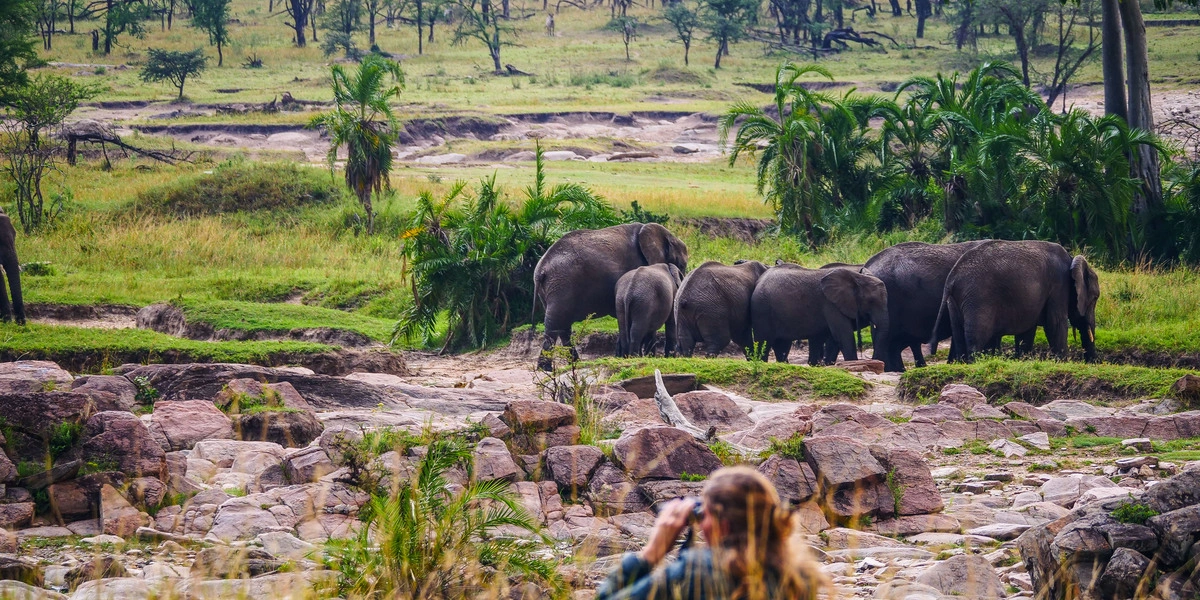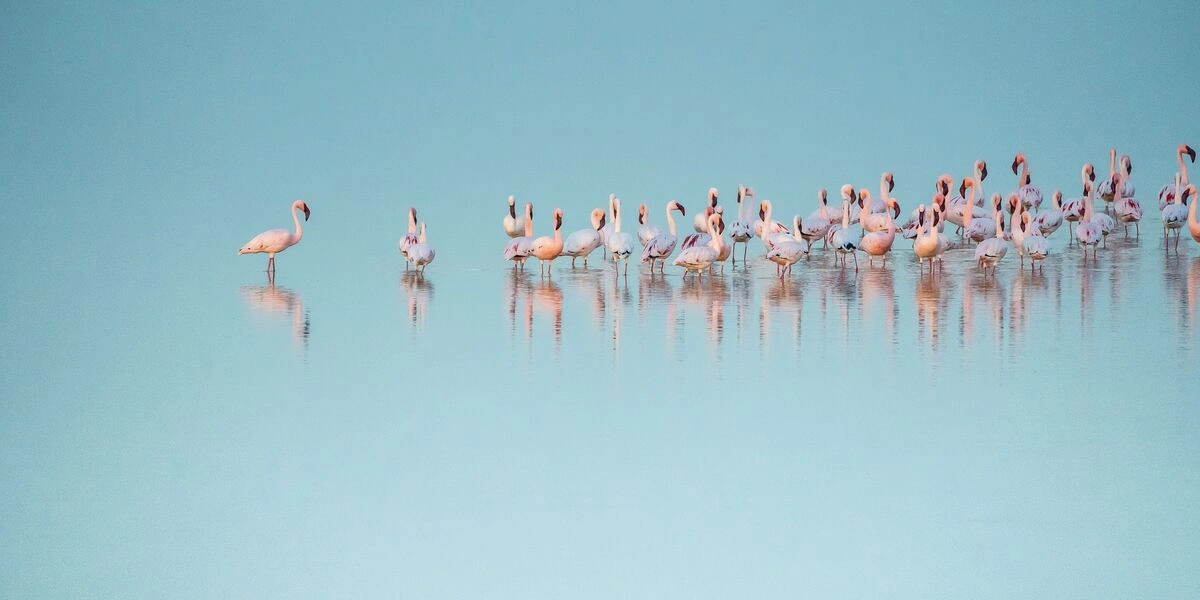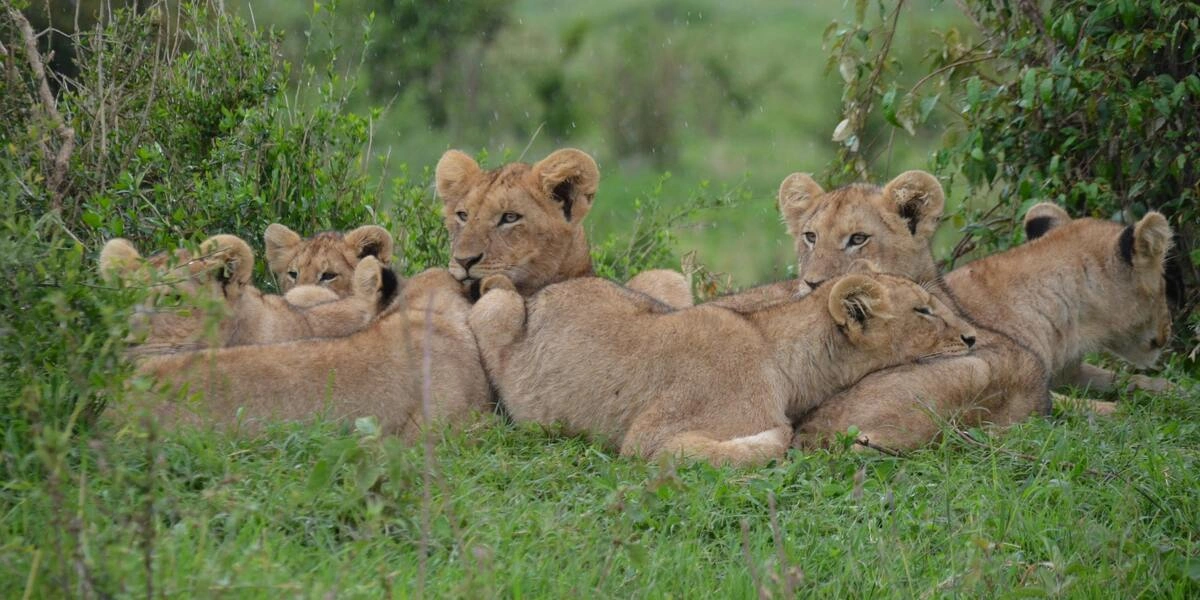
When To Go To Lake Manyara
Planning a vacation to Lake Manyara? Discover when to go Lake Manyara National Park for unique wildlife.
If you’re planning a trip to Lake Manyara National Park, one of Tanzania’s most captivating wildlife destinations, knowing when to go to Lake Manyara can make all the difference. The park is well-known for its various landscapes, which include the famous alkaline Lake Manyara, lush forests, and vast savannas.
It also offers the opportunity to see spectacular wildlife, including the renowned tree-climbing lions, elephants, giraffes, and over 400 bird species. So, when is the best time to do all of this?
The best time to visit Lake Manyara National Park is primarily determined by what you hope to see and experience during your stay. The park is open all year; however, weather conditions change.
The dry season (June to October) provides good wildlife-watching opportunities as vegetation thins and animals group near water sources. This is perfect for viewing huge creatures like elephants, giraffes, and the park’s famed tree-climbing lions. However, expect higher costs and larger people.
The dry season is the most popular time to visit Lake Manyara, particularly from June to October. The dry months are perfect for those who are keen to see large herds of elephants, giraffes, and buffalos, as well as the elusive tree-climbing lions, which have become a signature attraction of the park. Birdwatchers will also enjoy this time, with migratory species joining the resident bird population. Temperatures are comfortable but manageable during the day, with cooler evenings, making it a great time to explore the park.
While the wet season may not be ideal for certain travelers, the park is lush and green, and the rainy season is ideal for birdwatchers. From November to March, migrating birds visit the park, and you may see stunning groups of flamingos and other waterfowl around the lake. However, in the rainy season of April to May, roads can be slippery, and there may be occasional flooding, which could limit access to certain parts of the park. If you want to escape the crowds and have a more peaceful experience, traveling during the rainy season might be an excellent choice.
Lake Manyara National Park offers a lovely, moderate climate with fairly stable temperatures all year. However, it has distinct wet and dry seasons. Here’s the breakdown:
Dry Season (June to October): The weather is sunny, bright, and dry, with little humidity.
Wet Season (November to May): Weather is defined by two rainy seasons: short rains (November to December) and lengthy rains (March to May), with a dry spell in between (January and February). Showers often occur in the afternoons, and it seldom rains all day.
Located at the base of the Great Rift Valley Escarpment, the park includes a range of habitats. Grassy floodplains extend towards the lake before converting into mixed acacia forests. A particular highlight is the captivating evergreen forests and groundwater springs.
The lake and its floodplains are full of bright pink flamingos, pelicans, egrets, herons, and spoonbills, providing a beautiful display. Look for crowned eagles, guinea birds, and hornbills among the evergreen trees that line the escarpment.


The dry season, which lasts from June to October, is perfect for viewing beautiful scenery and plentiful animals. However, for a more quiet experience with the opportunity to watch migratory birds, the rainy season is the best.


Planning a vacation to Lake Manyara? Discover when to go Lake Manyara National Park for unique wildlife.

When to go Serengeti? Dry (Jun-Oct), wet (Nov-May) for lushness. Best time for Serengeti.

The Zanzibar travel seasons with tips on when to go to Zanzibar, the best attractions, culture, & much more.
Planning a trip to Tanzania? Our team is always here to help.